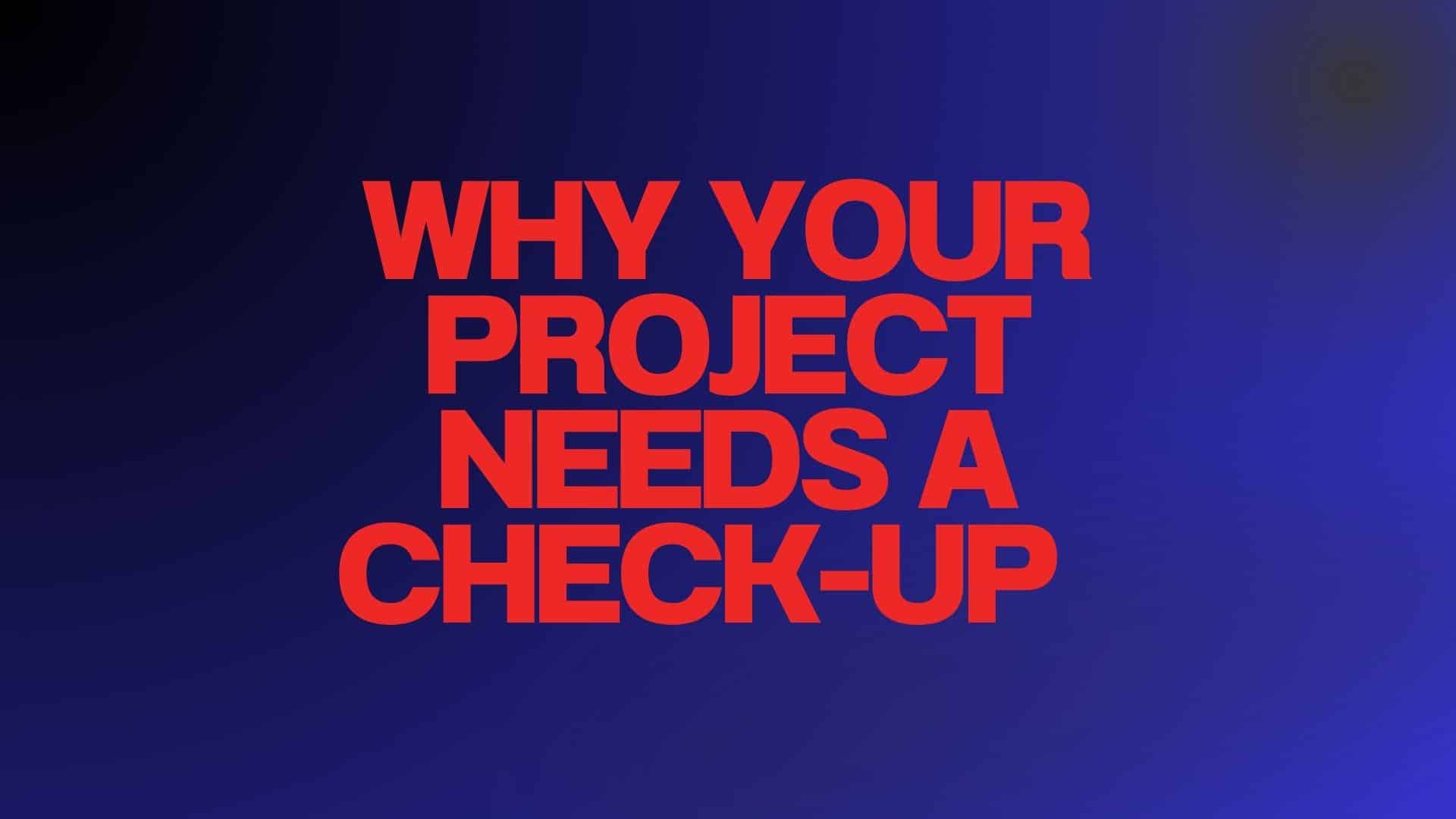If you’ve ever gone through a major digital transformation or ERP implementation, you know that things rarely go exactly as planned. According to McKinsey, nearly 70% of large-scale transformation initiatives fail to achieve their intended outcomes, often due to poor planning, weak governance, and a lack of alignment between business and technology teams.
That statistic might sound alarming, but in my line of work, it’s not surprising. My team and I are frequently called in mid-project to conduct independent assessments, typically when a transformation has already started to derail. By that point, timelines have stretched, budgets are under pressure, and internal teams are exhausted from trying to make sense of competing priorities.
And while these organizations often have talented people and solid intentions, they’ve usually made the same fundamental mistake: they assumed they could manage the complexity of transformation on their own.
Table of Contents
ToggleThe Hidden Cost of Going It Alone
Early-stage project optimism can be deceiving. When teams kick off a transformation, they often believe that internal expertise and vendor promises are enough to keep the project on track. After all, they know their business best. Why wouldn’t they lead it themselves?
The problem is that digital transformations aren’t just IT projects. They are business re-engineering initiatives that touch every process, department, and stakeholder group. Without proper structure, including governance committees, escalation protocols, and a defined decision-making framework, projects begin to drift.
In our mid-project assessments, we often uncover:
- Unclear accountability between system integrators, internal teams, and executive sponsors.
- Scope creep caused by changing requirements and a lack of governance oversight.
- Reactive decision-making rather than proactive planning.
- Misaligned KPIs, where success is measured in technical milestones, not business outcomes.
By the time these issues are visible at the leadership level, the damage is already measurable. Our data at Third Stage shows that projects brought in for recovery or remediation average 30–40% higher total costs and experience schedule delays of 6–12 months compared to those with structured governance from the start.
Preventative Governance: The Air Conditioner Analogy
I often compare digital transformations to maintaining an HVAC system. You wouldn’t wait for your air conditioner to fail on the hottest day of the year to schedule maintenance, yet that’s exactly how many organizations treat their projects.
Preventative maintenance in a digital project context means conducting an independent readiness assessment before kickoff, establishing governance early, and performing regular project health checks throughout implementation.
These early interventions cost a fraction of what recovery efforts require later. Just as an annual HVAC check might cost $150 to prevent a $5,000 system failure, a proactive project assessment can save millions by catching misalignments before they cascade into rework, resource burnout, or vendor disputes.
Building a Foundation for Success
The most successful transformations we’ve seen at Third Stage share a common trait: they invest in structure before execution. They don’t just define a technology roadmap; they define a governance model, one that aligns executives, empowers the PMO, and establishes quality assurance checkpoints.
This structure doesn’t slow projects down; it accelerates them by removing ambiguity, minimizing firefighting, and keeping decisions grounded in business value.
As organizations increasingly adopt AI, automation, and advanced analytics, that structure becomes even more critical. The technology landscape is evolving faster than most governance models can keep up with, but those who build the right foundation early on don’t just survive the change; they thrive in it.
Final Thought
Digital transformations fail not because of bad technology, but because of a lack of disciplined execution. If your organization is preparing for a major system upgrade or ERP implementation, consider this your reminder: don’t wait until something breaks to bring in an expert.
Schedule the check-up. Build the governance. And start your journey with the same foresight you’d give to any mission-critical system, because prevention is always cheaper, faster, and far less painful than repair.






